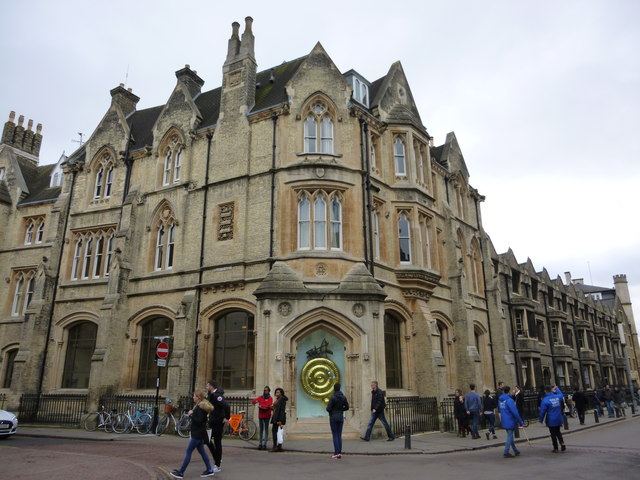Located on Newmarket Road, just outside the city centre, this small, unassuming chapel has a unique history rooted in compassion and community care. It originally served as part of a medieval hospital, established to treat and care for people suffering from leprosy—a disease that often led to social isolation during that period. The chapel is one of the few remaining structures from this era, as many leper hospitals and chapels were lost or destroyed over time.
Unlike the grand churches and colleges of Cambridge, the Leper Chapel is modest, with a raw, almost rustic quality that gives it a sense of authenticity and quiet dignity.
About The Leper Chapel
Architecturally, the Leper Chapel is a fine example of Norman design, with its thick stone walls, simple rectangular layout, and arched doorway adorned with intricate carvings. Inside, the chapel is small and stark, with stone floors and simple wooden pews, capturing the spirit of its original purpose: a place of worship and sanctuary for those in need.
One of the chapel’s most interesting traditions is the Stourbridge Fair, a medieval fair that became one of the largest in Europe in its time. It originally started as a fundraising event for the leper hospital and was held on the surrounding grounds. Today, the fair is celebrated annually near the chapel, keeping alive a centuries-old tradition and connecting the modern community with its medieval roots.
The Leper Chapel is now owned by the Cambridge Past, Present & Future charity, which works to preserve historic buildings in the area. While it no longer holds regular services, it opens occasionally for special events, open days, and services, offering visitors a chance to experience a rare piece of Cambridge’s medieval history up close. Stepping inside feels like being transported back to a time when the chapel served as a beacon of hope and kindness for those on society’s fringes.
How to Get There
The Leper Chapel of St. Mary Magdalene is located at Barnwell Junction on Newmarket Road, Cambridge, CB5 8JJ, near the Cambridge United football stadium.
- By Bus: Stagecoach Citi 3 bus service stops close by; get off at the Coldhams Common / Ditton Walk stop. It is also possible to use the Newmarket Road Park & Ride bus.
- By Bicycle or On Foot: The chapel can be reached on cycle/foot by using several cycle routes, including Riverside and Chisholm Trail, or alongside Newmarket Road. Cycles can be locked to the railings next to the chapel.































